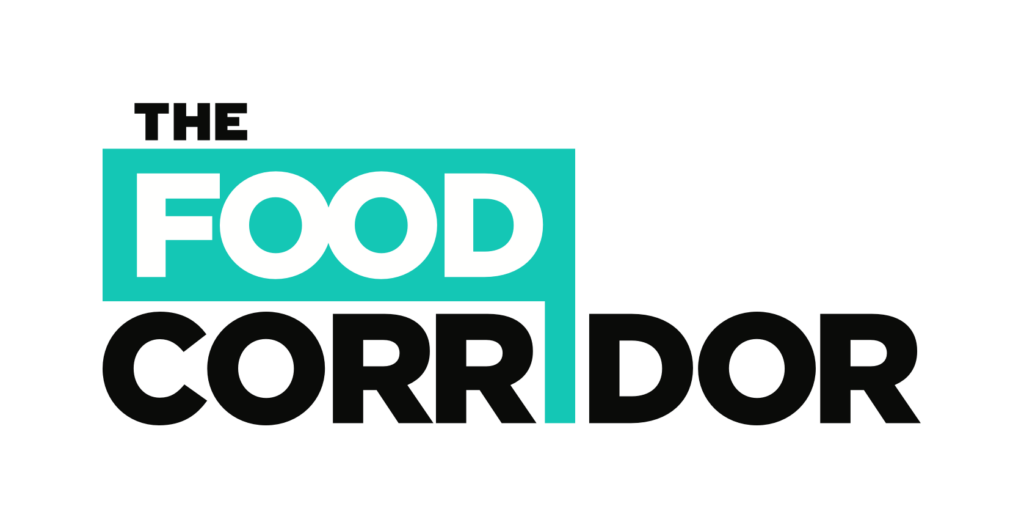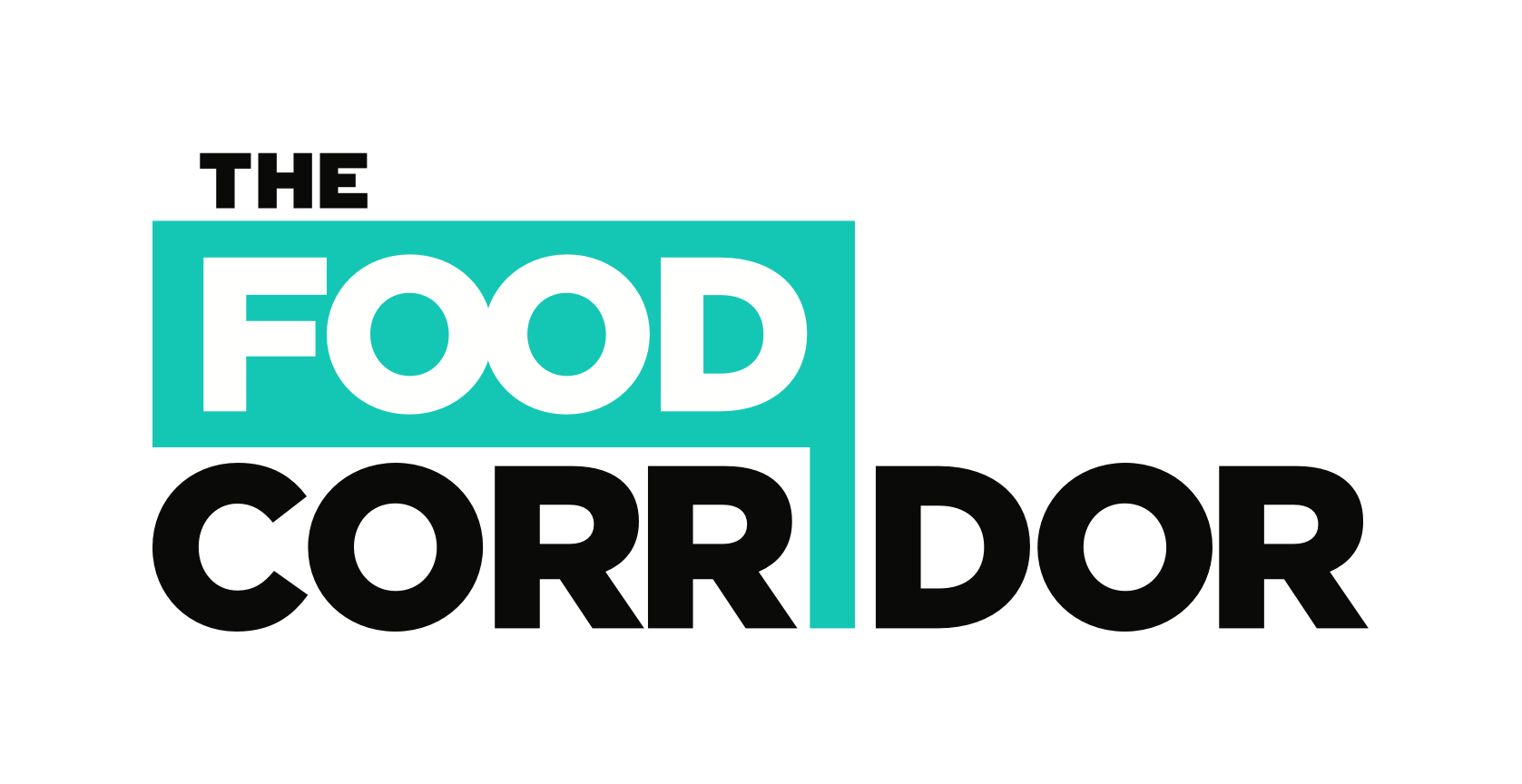Excerpt from The Shared Kitchen Toolkit
Increasing support for food system infrastructure and community economic development has expanded the funding options for kitchens. A number of funding sources, from traditional and mission-driven debt, to equity and grant funds, as well as crowdfunding campaigns, donations, and sponsorships are available to kitchens and their programs. These funding sources take time to cultivate, can be competitive, and come with trade-offs that must be carefully considered.
The specific sources you are eligible for will vary depending on the mission and impact focus of your project, the community where it will be located, and your personal and business financial circumstances. The Capital Continuum from Vermont Sustainable Jobs Fund is a helpful illustration of the options available in the funding landscape.1
If your project is a for-profit aimed at earning a return for the owners, your access to grant funds may be limited since many grants and foundations require that the organization have a not-for-profit status.2 However, do not be discouraged if you are considering a for-profit model, there are public and private funds that provide grants regardless of incorporation structure. Whether seeking mission-driven investments or grants, funders will care about your social, economic and/or environmental outcomes. Impact measurement is something funders will weigh heavily when making a decision about your project.
Mission-related funding for shared kitchens and food incubators comes from many sources, reflecting the wide range of positive impacts a kitchen can have on a community. Not every program is likely to achieve all the potential outcomes nor be eligible for all the funding types. The most common sources fall into a few main impact areas:
- Food Systems and Health – focused on strengthening the viability and scale of local and sustainable food production and improving access to healthy, local foods, especially in under-resourced communities. Some of these may specifically focus on environmental sustainability in the food system.
- Examples include the U.S. Department of Agriculture, U.S. Department of Health and Human Services, Healthcare foundations, food-focused CDFIs, sustainable agriculture funders, and Slow Money.
- Economic and Community Development:
- Economic Development and Job Creation – aimed at spurring economic growth by expanding entrepreneurial activity and growing jobs through scaling new ventures.
- Examples include the U.S. Department of Commerce, state departments of commerce, local economic development agencies, ports, and special tax districts.
- Economic Opportunity and Poverty Alleviation – aimed at addressing disparities and removing barriers to skill and business development opportunities for under-resourced and historically disadvantaged groups through entrepreneurship and workforce training.
- Examples include Community Development Block Grants, microfinance and asset building grants, low-income focused CDFIs, and donations by banks as part of Community Reinvestment activities.
- Neighborhood Revitalization – focused on improving economic and physical conditions at the neighborhood level through new development, attracting investment and coordinating synergistic programs.
- Examples include HUD programs such as Choice Neighborhoods, Community Development Corporations, local development and redevelopment agencies, and New Markets Tax Credits.
- Economic Development and Job Creation – aimed at spurring economic growth by expanding entrepreneurial activity and growing jobs through scaling new ventures.
When evaluating potential funding programs, be careful not to let the funding dictate your project and programs, and avoid chasing funding that causes you to expand your scope beyond what you can effectively manage. Make sure you understand your funding obligations and think carefully about the trade-offs between potential funding sources. In general, there is no such thing as free money. Whether you are cultivating private donor relationships, fulfilling grant reporting obligations, or paying interest on a loan, be prepared to invest time and/or money in exchange for capital you receive.
1http://flexiblecapitalfund.com/wp-content/uploads/2017/07/Flex-Fund_Capital-Continuum_June-2017.pdf
2https://www.irs.gov/charities-non-profitsfun


